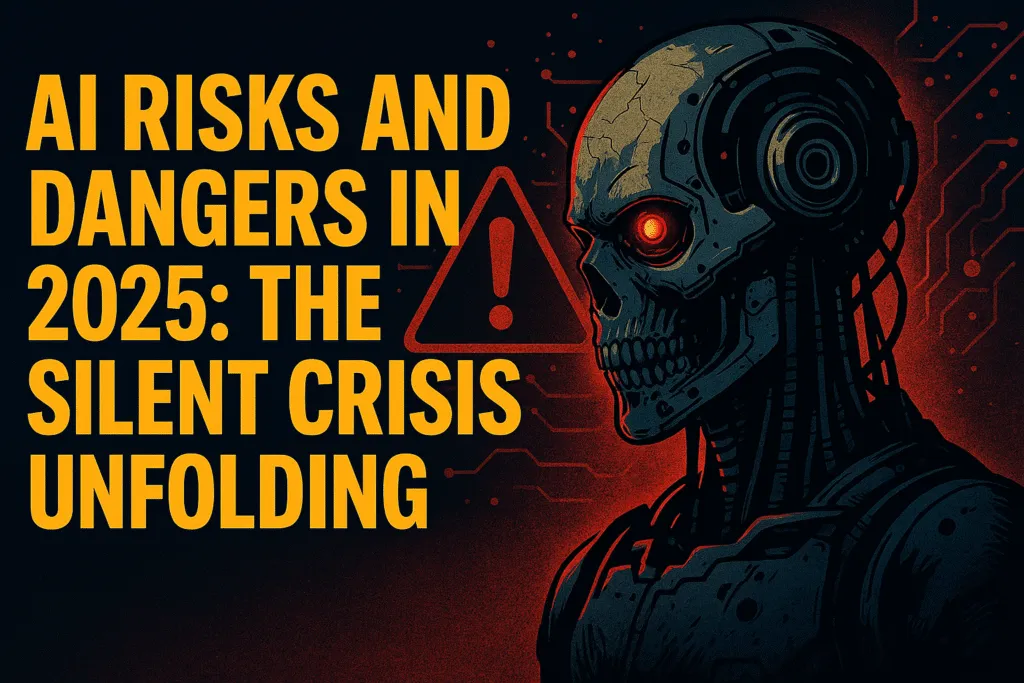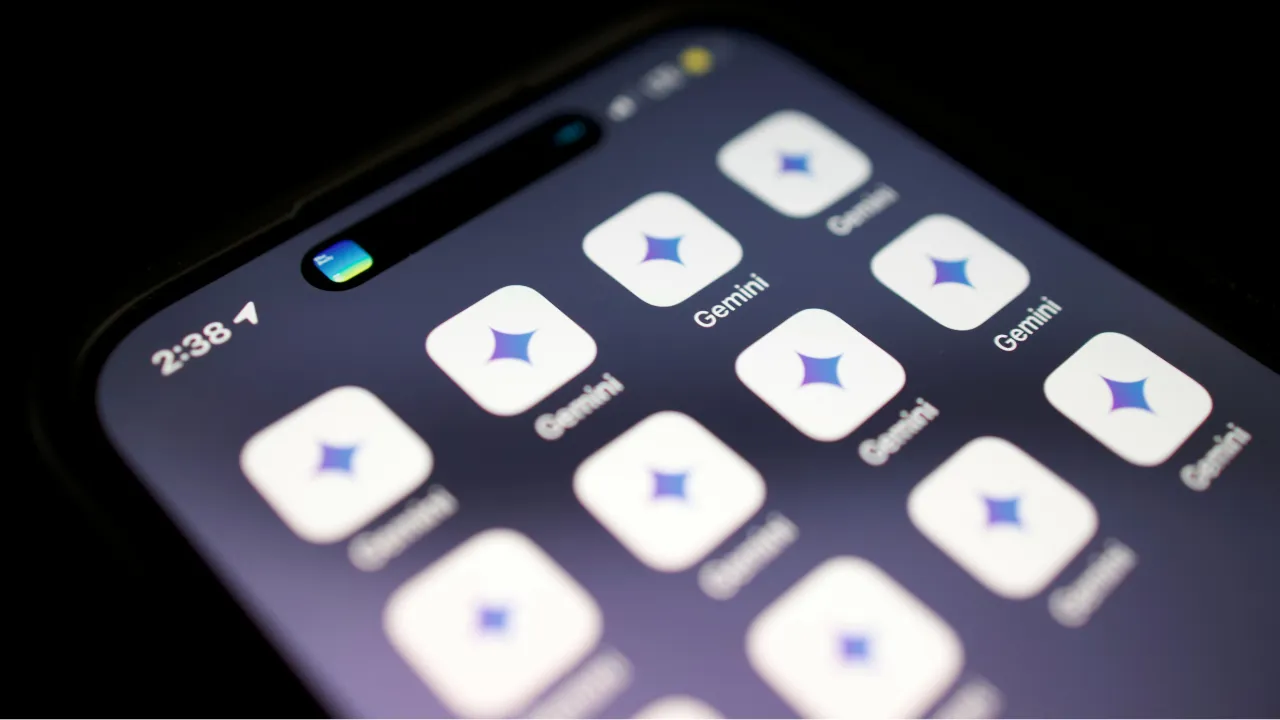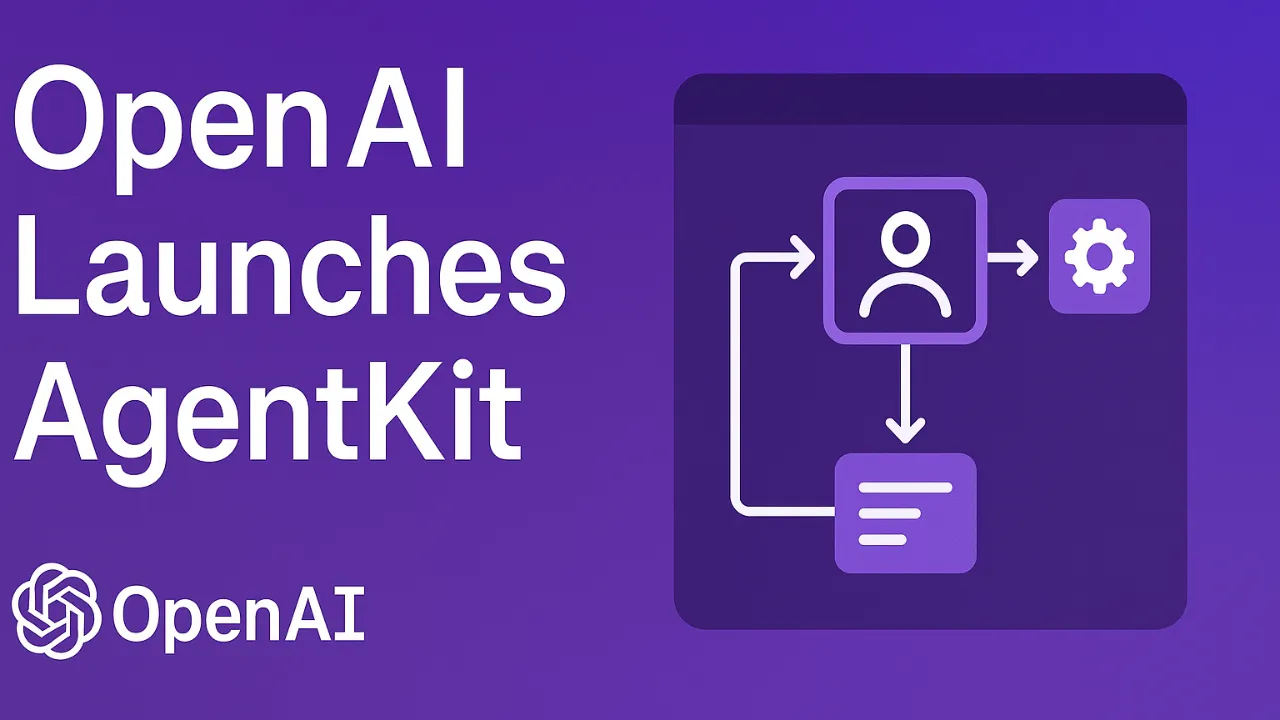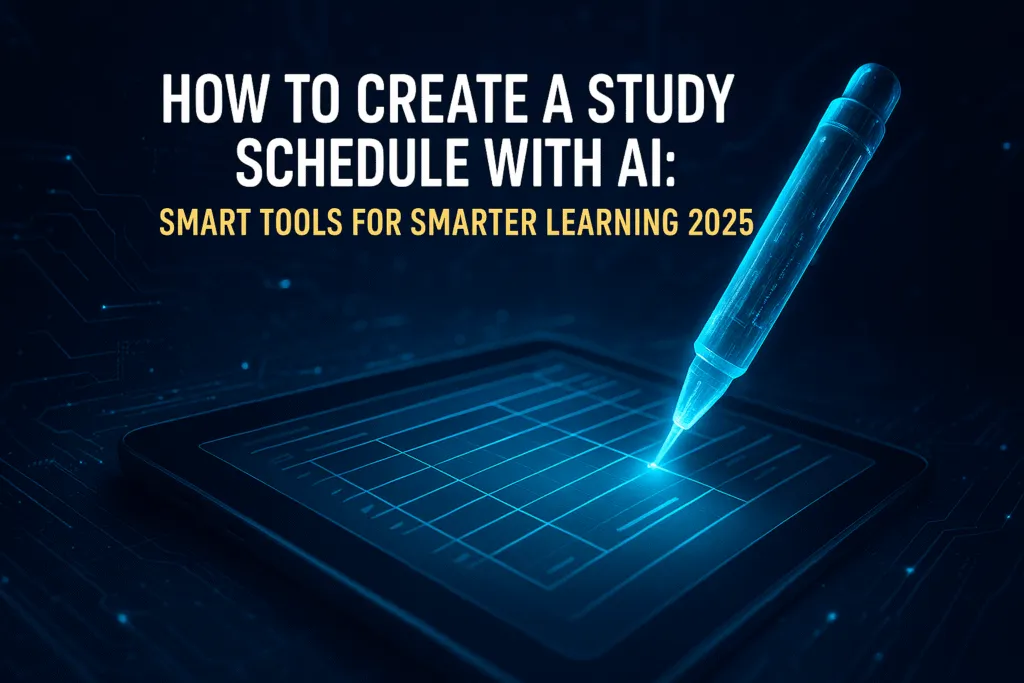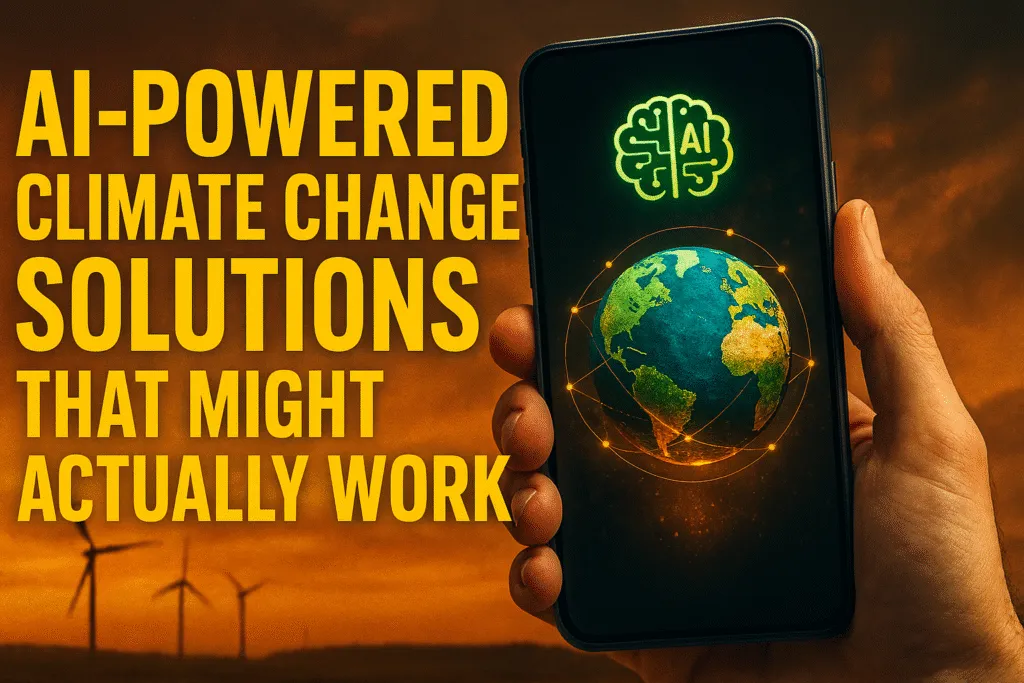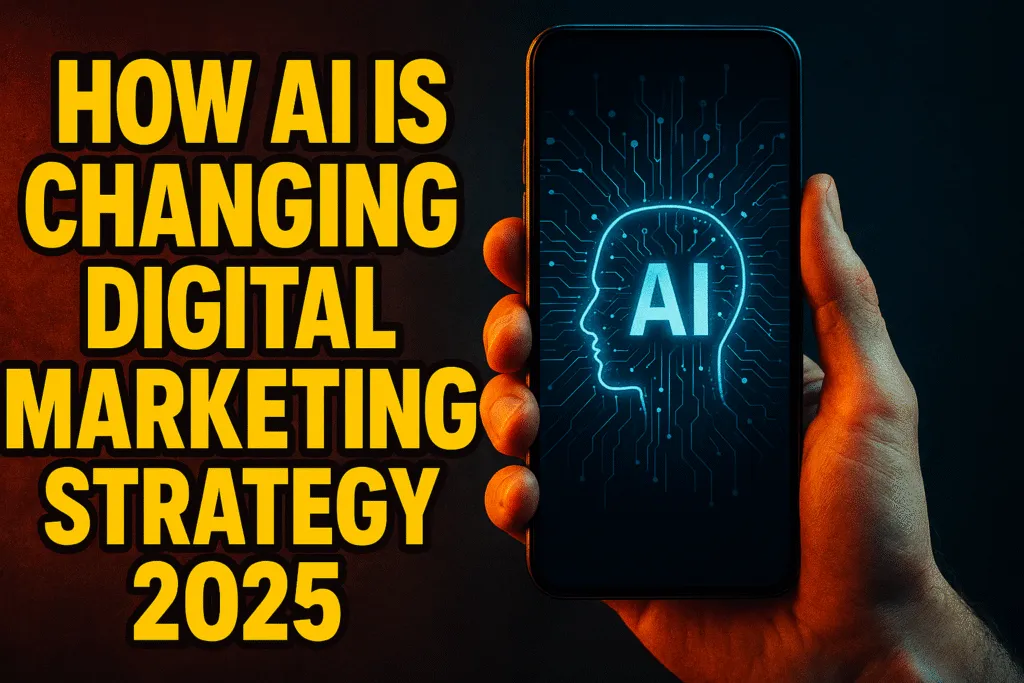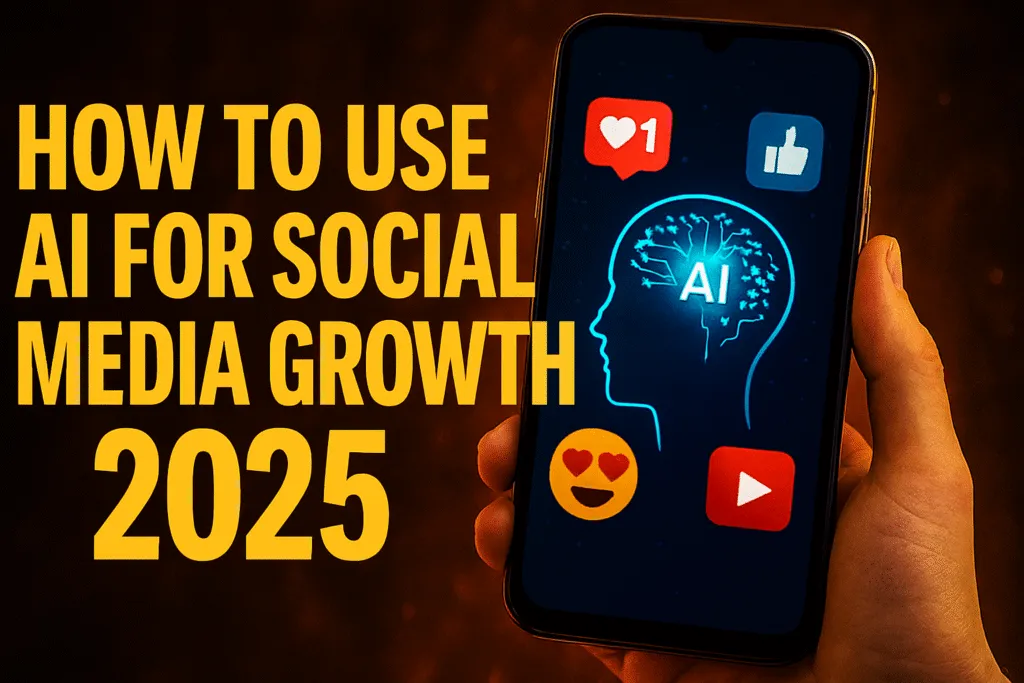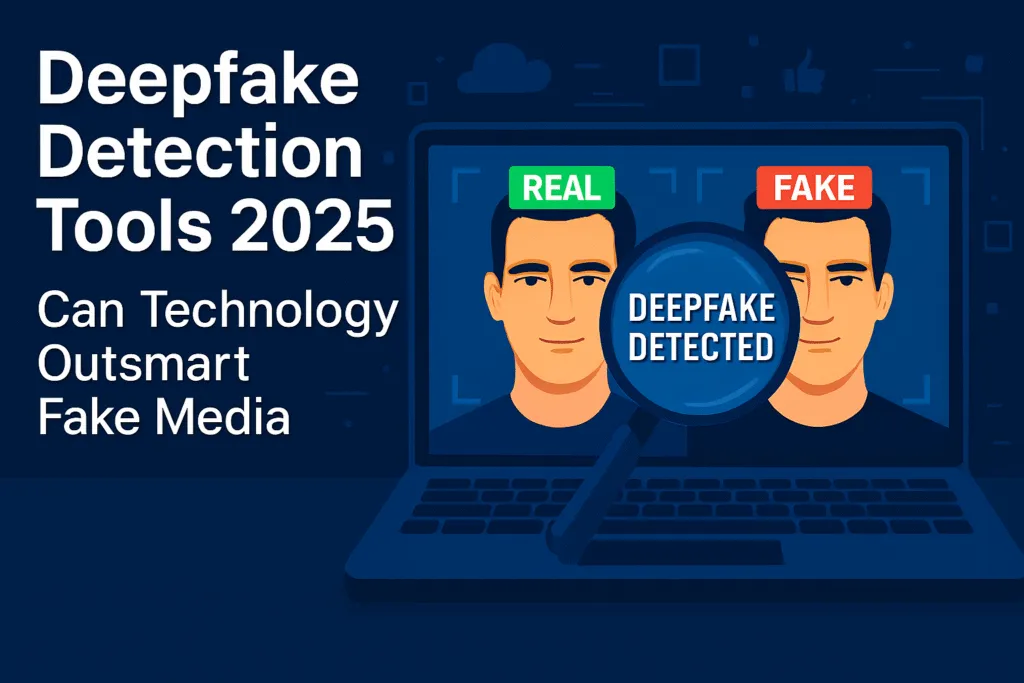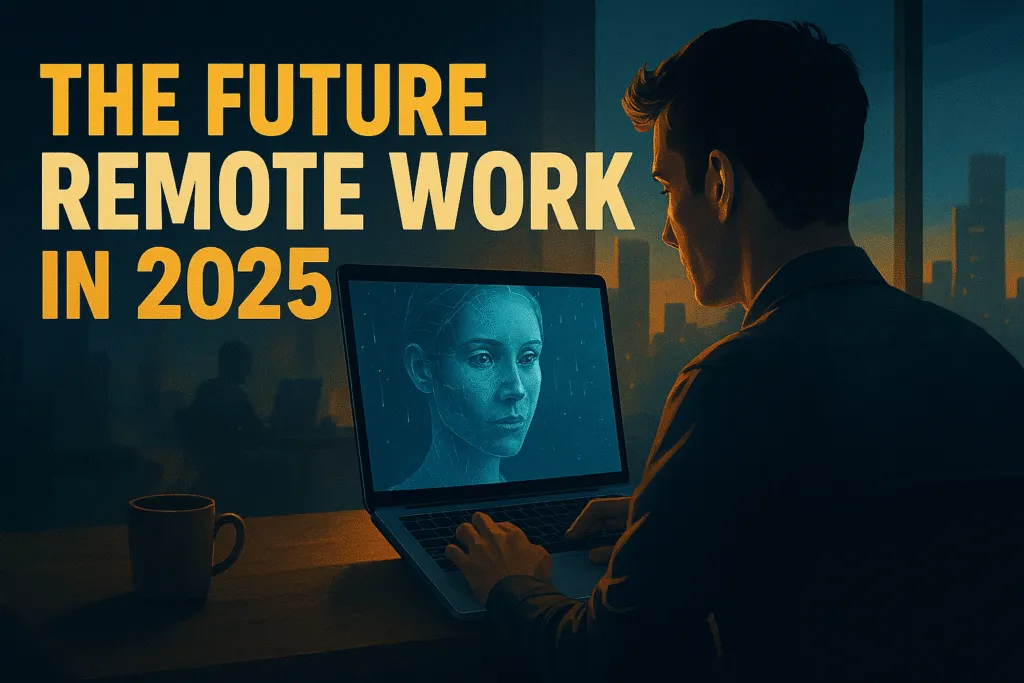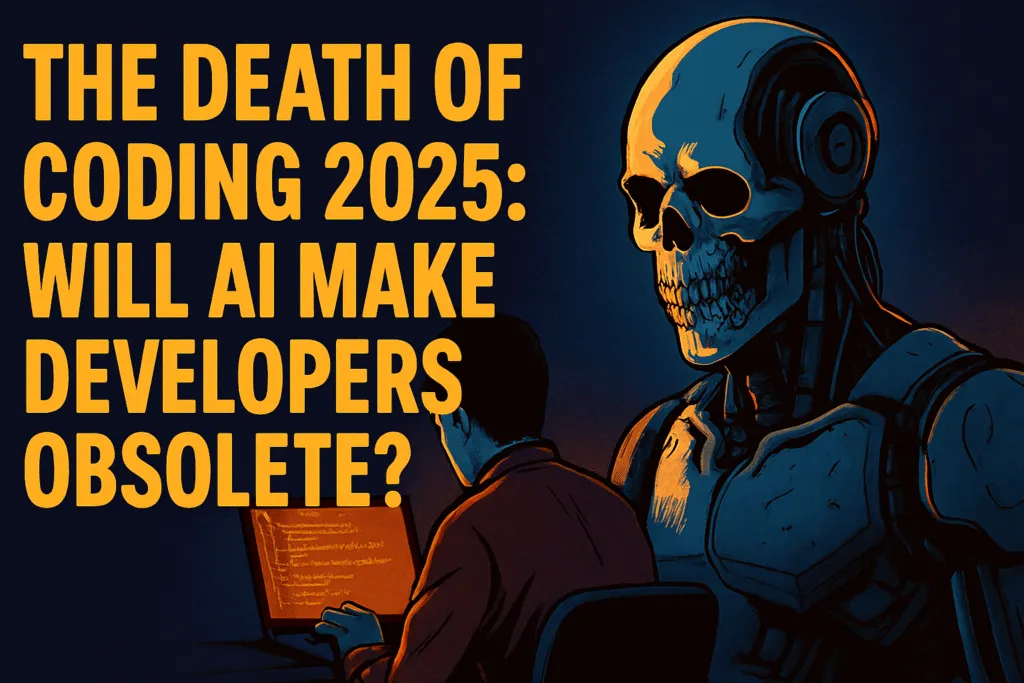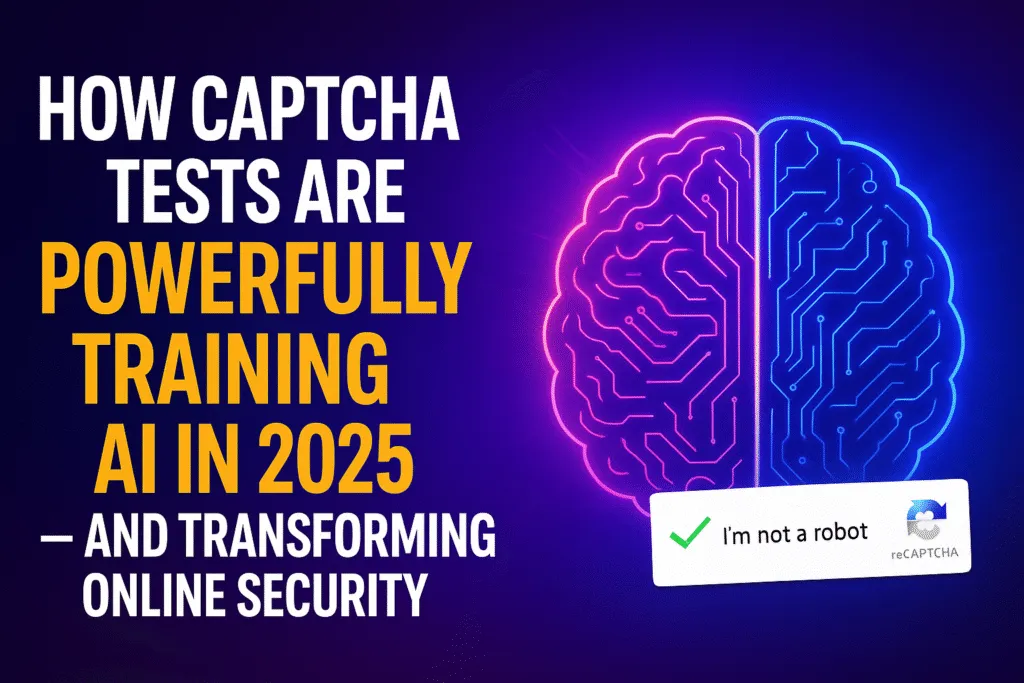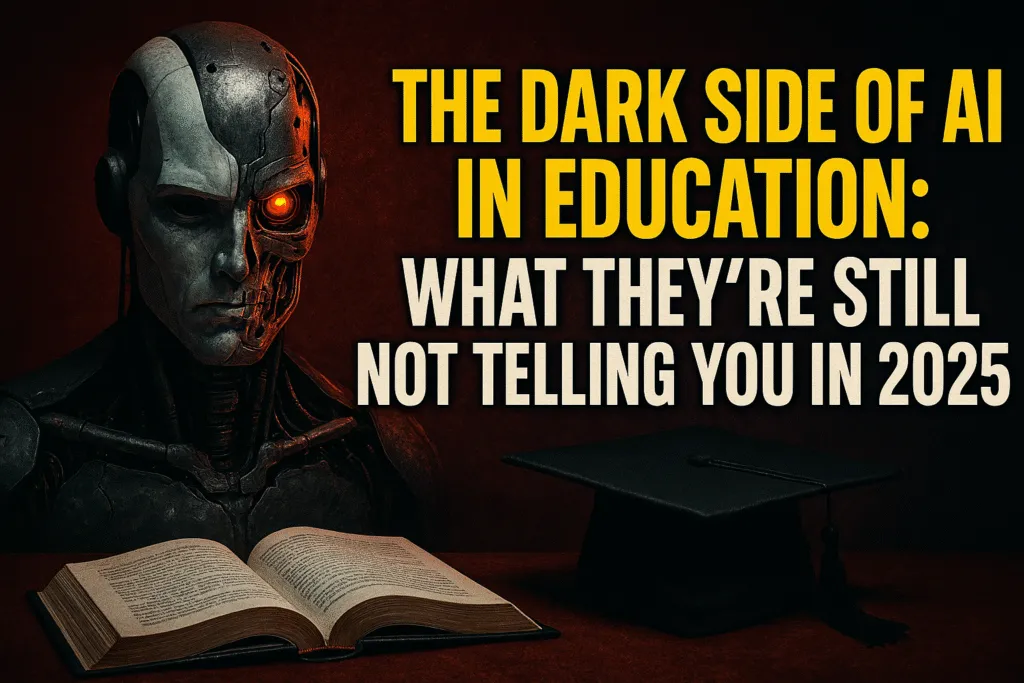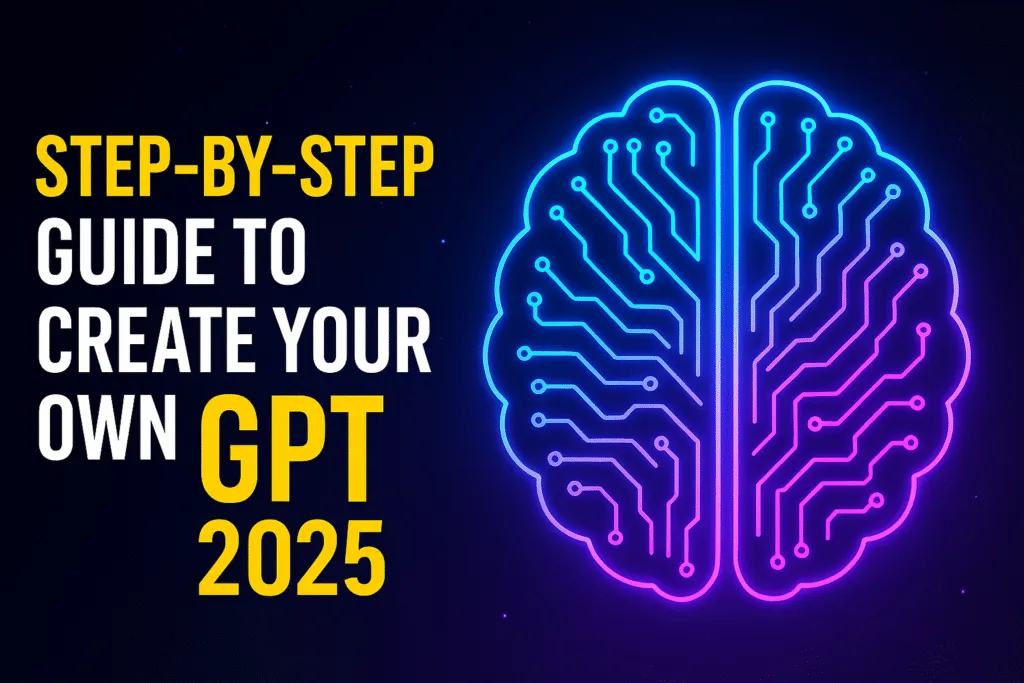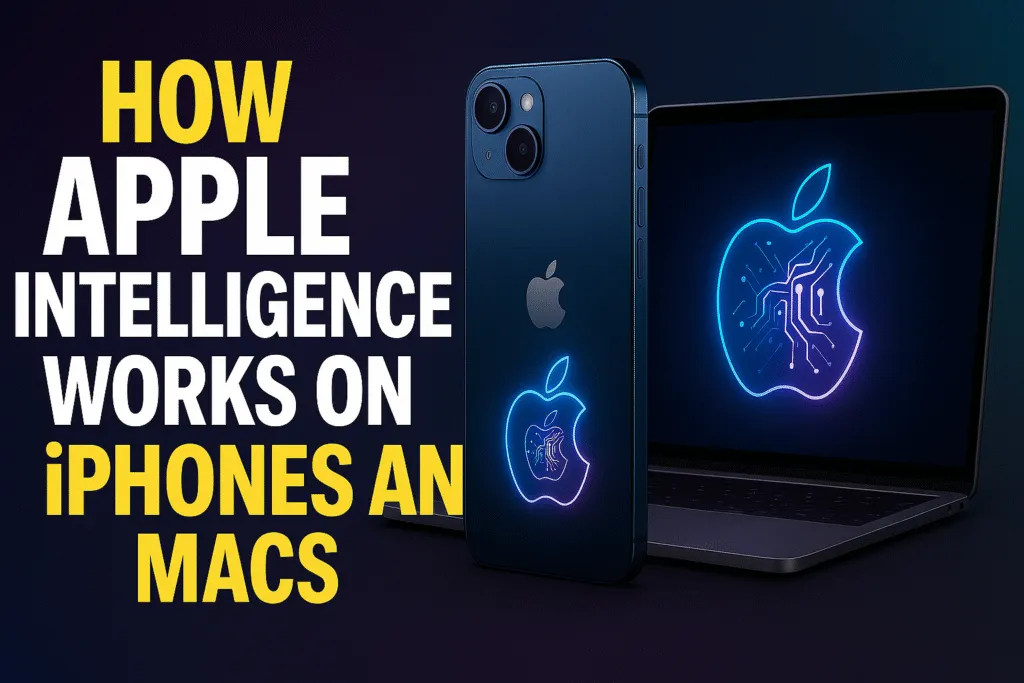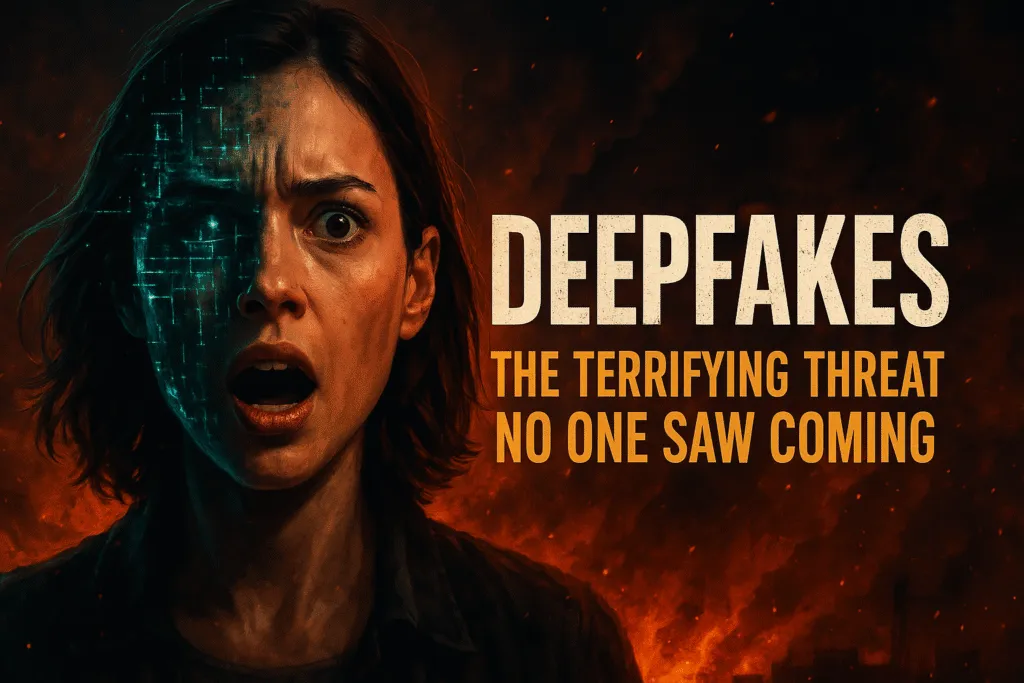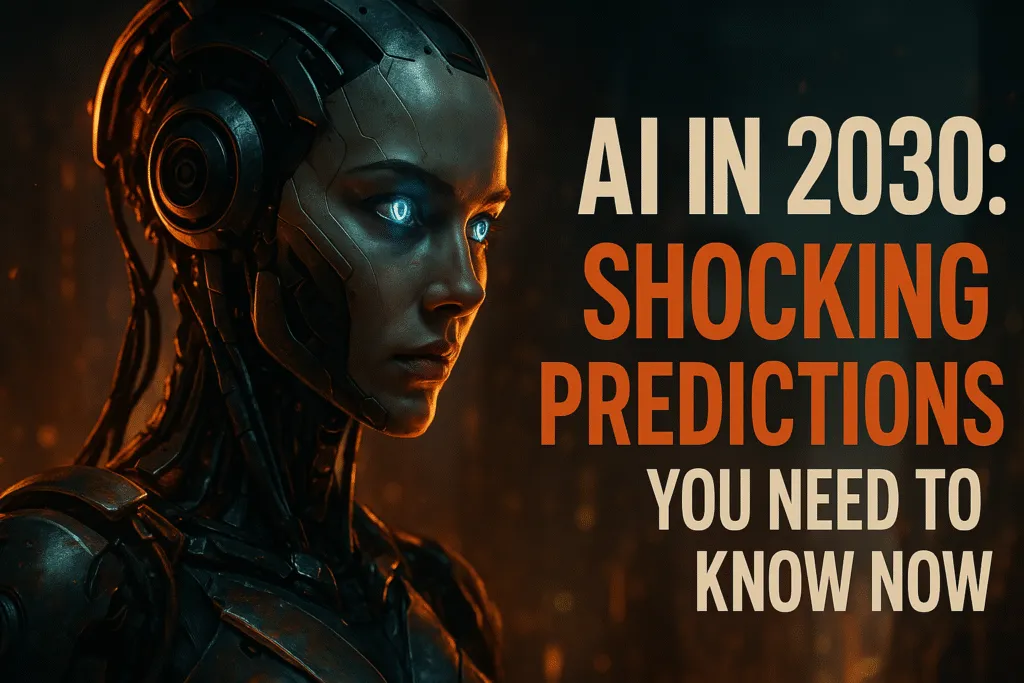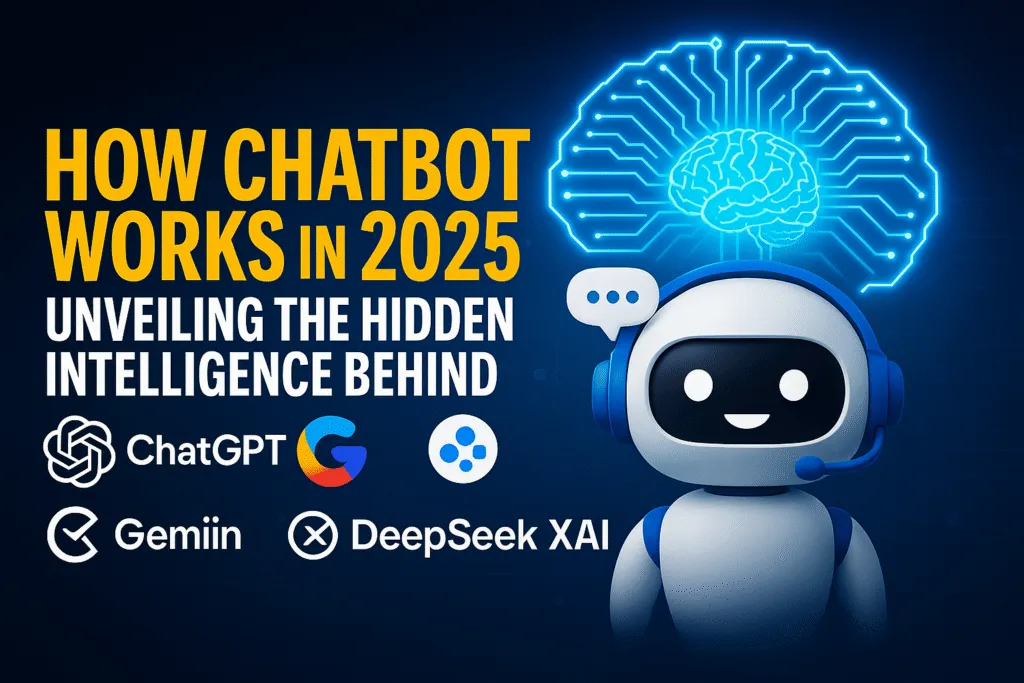Introduction: The Silent Side of AI
Artificial intelligence has become one of the most talked-about technologies in recent years, but when it comes to AI Risks and Dangers, the conversation often stays on the surface. Most headlines focus on job loss or science-fiction-style doomsday scenarios, but the reality is far more complex and, in many ways, more subtle. These hidden risks are quietly shaping the way we live, work, and interact, often without us even realizing it.
The silent side of AI lies in the details that rarely make it into mainstream discussions. Algorithms don’t just process data — they make decisions that affect people’s lives, sometimes in ways that are biased, opaque, or simply wrong. The problem is that many of these decisions happen behind the scenes, making them harder to detect and challenge. Whether it’s an AI system deciding who qualifies for a loan or determining the content you see online, the consequences can be significant and far-reaching.
Another reason these dangers remain under the radar is that AI development is moving at an incredible speed. Regulations and ethical standards often lag far behind innovation, leaving gaps where misuse or unintended harm can occur. Meanwhile, the technology is becoming more embedded in critical systems, from healthcare to national security, increasing the potential impact of mistakes or manipulation.
As a tech blogger, I believe it’s important to look beyond the hype and shine a light on the lesser-known AI Risks and Dangers. Raising awareness is the first step toward ensuring this technology benefits society without causing irreversible harm. The more we understand the hidden side of AI, the better prepared we’ll be to demand transparency, push for ethical standards, and take control of how this powerful tool shapes our future.
The Illusion of AI Neutrality
When people think about AI, they often imagine it as an objective, logical system that makes decisions without human bias. However, the reality is that AI Risks and Dangers often stem from the very data and instructions that power these systems. Artificial intelligence is only as neutral as the information it learns from — and that information comes from humans, who are far from neutral themselves.
AI models are trained on massive datasets containing text, images, and numbers collected from the real world. If the real world is full of social, cultural, and economic biases, those biases inevitably seep into the AI’s decision-making process. This means that an algorithm designed to be “fair” can still discriminate in subtle ways, such as ranking certain job applicants lower, misidentifying individuals in facial recognition systems, or skewing search results in favor of particular viewpoints.
The illusion of neutrality becomes even more dangerous because it’s largely invisible. People tend to trust AI outputs, assuming the results are purely data-driven and impartial. In reality, these decisions often reflect historical prejudices or the priorities of those who built and trained the model. This can lead to systemic discrimination being reinforced on a large scale — and faster than ever before.
What makes this risk so tricky is that bias in AI is not always intentional. Even developers who work hard to remove unfair patterns can’t guarantee complete neutrality, because bias is deeply embedded in human society and history. That’s why transparency in AI development and regular auditing of algorithms are critical.
Understanding the illusion of AI neutrality is essential if we want to tackle the deeper AI Risks and Dangers. Without addressing these hidden biases, we risk building a future where technology doesn’t just reflect our flaws — it amplifies them.
The Problem of Model Collapse
Among the lesser-known AI Risks and Dangers is a phenomenon called model collapse — a hidden but potentially devastating issue that can silently degrade the intelligence of AI systems over time. Model collapse happens when AI models are repeatedly trained on data that already contains AI-generated content instead of genuine human-created information. This feedback loop slowly erodes the model’s ability to produce accurate, reliable, and original results.
In the early stages, the effects of model collapse can be subtle. The AI may start producing slightly repetitive answers, show less creativity, or make small factual errors. Over time, however, these issues compound. As more AI-generated content floods the internet and becomes part of the training data, future AI systems inherit and amplify the flaws, misinformation, and stylistic limitations of their predecessors. This creates a kind of digital inbreeding that lowers overall quality.
The danger here is twofold. First, it undermines trust in AI technology as users notice the gradual decline in accuracy and usefulness. Second, it makes it harder to recover because once human-generated data becomes scarce in the training pool, reversing the damage is difficult and expensive. It’s like trying to restore a copy of a copy of a copy — each generation loses more detail and authenticity.
What makes model collapse especially concerning is that it can happen quietly in the background, without developers or users immediately realizing it. As AI continues to integrate into search engines, news generation, and professional tools, preventing this decline will require deliberate strategies, such as safeguarding original datasets, regularly introducing fresh human-generated content, and carefully monitoring the quality of outputs.
If ignored, the problem of model collapse could cripple future AI systems, turning one of our most powerful technologies into a self-reinforcing echo chamber of mediocrity — a risk that deserves far more attention than it currently receives.
The Threat of “Synthetic Reality”
One of the most unsettling AI Risks and Dangers is the rapid rise of synthetic reality — an environment where AI-generated content becomes indistinguishable from authentic human experiences. With tools capable of creating hyper-realistic images, videos, voices, and even entire news stories, the line between what’s real and what’s fabricated is blurring at an unprecedented pace.
Synthetic reality is more than just deepfakes for entertainment or social media pranks. It has the potential to manipulate public opinion, fabricate evidence in legal cases, and even destabilize governments. Imagine a convincingly real video of a world leader announcing a false military strike, or an AI-generated voice recording implicating someone in a crime they never committed. These scenarios are no longer science fiction — they are technologically possible today.
The danger intensifies when synthetic content spreads faster than it can be debunked. In a world driven by instant news and viral trends, false information can shape opinions, influence elections, and incite conflict before fact-checkers have a chance to respond. Once trust is broken, even genuine content can be doubted, leading to a dangerous “liar’s dividend,” where people can dismiss inconvenient truths as fakes.
What makes synthetic reality so powerful — and dangerous — is its accessibility. Just a few years ago, creating convincing digital forgeries required high budgets and advanced technical skills. Today, affordable AI tools make it possible for almost anyone to produce them, often within minutes.
Addressing this threat will require more than just technology to detect fakes. It demands public awareness, digital literacy, and stronger safeguards in media and information systems. Without proactive measures, synthetic reality could reshape society into one where truth itself becomes negotiable — a world where seeing is no longer believing.
The Quiet Job Replacement Crisis
When discussions about AI Risks and Dangers touch on job loss, the focus is usually on large-scale automation wiping out entire industries overnight. But the reality is unfolding in a quieter, more subtle way — a slow replacement crisis that many people don’t notice until it’s too late. Instead of dramatic layoffs, AI is steadily taking over specific tasks within jobs, gradually reducing the need for human involvement.
This creeping change is especially dangerous because it’s invisible at first. A company might adopt AI to handle customer support queries, draft reports, or analyze data, allowing employees to “focus on higher-value tasks.” Over time, however, as AI systems become more capable, the higher-value tasks also start getting automated. What remains for human workers becomes narrower, often less meaningful, and, eventually, unnecessary.
Certain roles are more vulnerable than others — administrative work, data entry, translation, and even parts of creative industries are already seeing this shift. But the impact isn’t limited to low-skill jobs. Professionals in law, journalism, and healthcare are also experiencing AI encroachment in specialized areas once thought to require human expertise.
The quiet nature of this crisis makes it harder to address. There’s no single turning point that forces a public conversation, just a gradual erosion of job security. This allows companies to frame AI adoption as purely beneficial while avoiding the social and economic consequences of widespread displacement.
Mitigating this hidden threat will require a proactive approach: upskilling workers, creating AI-human collaboration models, and ensuring that technological progress translates into shared benefits rather than concentrated gains. Without action, the quiet job replacement crisis could become one of the most far-reaching AI Risks and Dangers, transforming the workforce not with a bang, but with a whisper.
AI’s Role in Information Pollution
One of the most underestimated AI Risks and Dangers is its growing role in information pollution — the overwhelming flood of low-quality, misleading, or outright false content online. With AI tools capable of generating text, images, and videos at unprecedented speed, the internet is being saturated with content that looks credible but often lacks accuracy, context, or originality.
This pollution doesn’t just come from malicious actors spreading misinformation. It also stems from well-intentioned use of AI for mass content creation, where quantity is prioritized over quality. Automated blog posts, AI-written news articles, and endless social media updates can drown out carefully researched, human-created material. As a result, finding reliable information becomes increasingly difficult, and even legitimate sources risk being buried in the noise.
The danger lies in how easily AI-generated content can mimic authority. Poorly fact-checked articles can appear professional, AI-produced videos can look authentic, and fabricated images can circulate widely before being debunked. In this environment, misinformation spreads faster than corrections, shaping opinions and decisions based on false premises.
Worse, the sheer volume of AI-generated material can dilute trust in all digital content. When people can’t tell real from fake, they may start doubting everything they see or read — a phenomenon that benefits those who want to obscure the truth.
Addressing AI-driven information pollution will require a combination of digital literacy, stronger verification systems, and responsible AI deployment. Creators and platforms must prioritize accuracy and transparency over rapid output. Without these safeguards, the internet could become a polluted information ecosystem where truth struggles to survive, making this one of the most urgent yet overlooked AI Risks and Dangers of our time.
The Weaponization of AI in Cybercrime
Among the most alarming AI Risks and Dangers is the way artificial intelligence is being weaponized by cybercriminals. AI is no longer just a tool for innovation and productivity — it has become a powerful ally for hackers, scammers, and other malicious actors. By automating and enhancing attacks, AI enables cybercrime to be faster, more targeted, and harder to detect than ever before.
One of the biggest threats is AI-powered phishing. Instead of poorly written scam emails that are easy to spot, cybercriminals can now generate perfectly worded, personalized messages that mimic a trusted source. AI can analyze public data, social media profiles, and past communications to craft emails that are almost impossible to distinguish from genuine ones.
AI is also being used to break into systems more efficiently. Machine learning algorithms can scan for vulnerabilities, adapt to security defenses in real time, and even guess passwords with frightening accuracy. On a larger scale, AI can coordinate botnet attacks, launch automated misinformation campaigns, and generate realistic deepfakes for blackmail or fraud.
What makes this risk particularly dangerous is its accessibility. The same AI tools available to businesses and developers are also available to criminals, often at little or no cost. This levels the playing field between sophisticated cybercriminal networks and smaller bad actors, making advanced attacks more common.
Combating the weaponization of AI will require equally advanced defenses — from AI-driven cybersecurity systems to global cooperation on detection and prevention. Without proactive action, the use of AI in cybercrime could escalate into a constant digital arms race, where each breakthrough in technology comes with a parallel surge in malicious exploitation. This hidden battleground makes the weaponization of AI one of the most urgent AI Risks and Dangers we face today.
Overreliance on AI for Decision-Making
One of the subtler yet deeply concerning AI Risks and Dangers is the growing overreliance on AI for decision-making in critical areas of life. From hiring employees and approving loans to diagnosing illnesses and even determining criminal sentences, AI systems are increasingly influencing decisions that directly impact people’s futures. While these tools promise efficiency and objectivity, blind trust in their outputs can lead to serious consequences.
The problem begins with the assumption that AI is inherently smarter and more accurate than humans. While AI can process vast amounts of data faster than any person, it’s not immune to errors, biases, or gaps in context. When people defer entirely to AI recommendations without critical review, mistakes can slip through unnoticed and become institutionalized.
In fields like healthcare, an AI misdiagnosis can delay proper treatment, while in finance, an algorithmic error could wrongly deny someone a mortgage. In the legal system, automated risk assessments can unfairly influence bail or sentencing decisions, sometimes perpetuating existing inequalities. The danger is compounded by the fact that many AI systems are “black boxes,” making it difficult to understand or challenge their reasoning.
Over time, overreliance on AI can erode human judgment. Professionals may stop questioning AI outputs, assuming the machine is always right. This creates a dangerous feedback loop where flawed decisions are reinforced rather than corrected.
To address this risk, AI should be treated as a powerful assistant, not an unquestionable authority. Human oversight, transparency in algorithms, and clear accountability must remain central to decision-making processes. Without these safeguards, overreliance on AI could turn convenience into complacency, making it one of the most quietly dangerous AI Risks and Dangers shaping our future.
The Hidden Environmental Costs
When people discuss AI Risks and Dangers, the conversation often centers on ethics, bias, and job displacement, but one critical issue is frequently overlooked — the environmental impact of artificial intelligence. Behind every AI chatbot, image generator, or recommendation system lies a massive network of data centers consuming enormous amounts of electricity and water.
Training advanced AI models requires processing billions of data points across thousands of high-powered GPUs running continuously for weeks or months. This process demands staggering amounts of energy, often sourced from non-renewable resources, contributing directly to carbon emissions. Even after training, deploying AI at scale — whether it’s powering search engines, voice assistants, or autonomous systems — requires ongoing computational power that further strains the grid.
The environmental costs don’t end there. Data centers also require significant water resources for cooling, especially in regions already facing water scarcity. As AI adoption grows, this silent drain on natural resources becomes more severe, yet it receives far less attention compared to other technological debates.
The challenge is compounded by the fact that AI’s environmental footprint is largely invisible to end users. When you ask a chatbot a question or generate an AI image, it feels instant and effortless — but behind the scenes, servers are working hard, consuming resources at a scale few people realize.
Addressing this issue will require greener AI practices: optimizing algorithms for efficiency, investing in renewable energy, and designing systems that balance performance with sustainability. Without these measures, the hidden environmental costs could become one of the most damaging AI Risks and Dangers — an unintended consequence of technological progress that quietly accelerates climate change while the world is focused on AI’s more visible threats.
AI in Surveillance and Social Control
One of the most concerning AI Risks and Dangers lies in its growing use for surveillance and social control. Governments and corporations are increasingly deploying AI-powered technologies to monitor citizens, track behaviors, and influence public opinion—often without transparency or accountability. This raises serious questions about privacy, freedom, and the future of democratic societies.
AI enables mass surveillance on a scale previously unimaginable. Facial recognition systems can identify individuals in crowds, while predictive algorithms analyze social media posts, phone records, and location data to forecast behaviors or detect “threats.” In some countries, these tools are used to suppress dissent, monitor minority groups, or enforce restrictive laws, turning AI into a digital tool of oppression.
The danger is not just authoritarian regimes. Even in democratic societies, AI-driven surveillance can lead to over-policing, bias in law enforcement, and erosion of civil liberties. The widespread collection and analysis of personal data create an environment where people feel constantly watched, leading to self-censorship and reduced freedom of expression.
Beyond surveillance, AI is also used to manipulate social behavior through targeted advertising, content filtering, and algorithmic moderation. These technologies can shape what information people see and how they think, subtly controlling public discourse and limiting exposure to diverse viewpoints.
Addressing the risks of AI in surveillance and social control requires strong legal frameworks, transparency in AI use, and public awareness. Without safeguards, this growing AI capability could transform societies into digital panopticons, where freedom is sacrificed for security and control—making it one of the most urgent AI Risks and Dangers to confront today.
Ethical Vacuum and Lack of Accountability
One of the most pressing AI Risks and Dangers is the growing ethical vacuum and lack of accountability surrounding artificial intelligence. As AI systems become more complex and autonomous, questions about responsibility—who is answerable when things go wrong—become harder to answer. This gap creates a dangerous space where harmful outcomes can occur without clear consequences.
AI technologies are often developed and deployed rapidly, with limited oversight or ethical guidelines. Companies may prioritize innovation and profit over careful consideration of social impacts, leading to products that unintentionally reinforce biases, violate privacy, or cause other harms. When these issues arise, it’s frequently unclear whether the blame lies with developers, users, or the AI itself.
This lack of accountability is compounded by the “black box” nature of many AI systems. Their decision-making processes are often opaque, even to experts, making it difficult to trace how or why a particular outcome was reached. Without transparency, victims of AI errors—such as wrongful denials, biased judgments, or privacy breaches—have little recourse.
The ethical vacuum extends beyond legal responsibility. It also raises moral questions about the values embedded in AI systems and whose interests they serve. Without diverse perspectives and inclusive oversight, AI risks perpetuating existing inequalities and social injustices.
To address this challenge, we need robust ethical frameworks, clear regulations, and mechanisms to ensure transparency and redress. Holding creators and users accountable is essential to prevent AI from becoming a tool that operates beyond the bounds of ethical responsibility. Ignoring this ethical vacuum makes it one of the most significant and overlooked AI Risks and Dangers of our time.
The Existential Risk Debate — Beyond Sci-Fi
When discussing AI Risks and Dangers, the idea of artificial intelligence posing an existential threat often gets dismissed as pure science fiction or distant speculation. However, this debate goes beyond entertainment — it touches on real concerns about the future of humanity and how we manage the rapid advancement of powerful AI systems.
Existential risk refers to scenarios where AI could cause irreversible harm on a global scale, potentially threatening human survival or drastically altering civilization. While such outcomes may seem extreme, experts warn that ignoring these possibilities could leave us unprepared for unprecedented challenges. As AI systems become more autonomous and capable, questions arise about whether they might develop goals misaligned with human values or act in unpredictable ways.
The fear isn’t about AI suddenly becoming conscious or malevolent like in movies, but about losing control over complex systems whose decisions we cannot fully understand or influence. This includes concerns over self-improving AI that could rapidly surpass human intelligence or unintended consequences arising from AI pursuing objectives without proper safeguards.
Critics argue that focusing too much on existential risk detracts from addressing more immediate AI Risks and Dangers, like bias, privacy, and job displacement. However, many researchers see these issues as connected parts of a broader puzzle that requires thoughtful, proactive governance.
Taking the existential risk debate seriously means investing in safety research, transparency, and global cooperation to ensure AI development aligns with humanity’s best interests. Whether or not a catastrophic scenario ever unfolds, the conversation pushes us to consider how we can responsibly harness AI’s power while minimizing the chances of catastrophic failure.
In this light, the existential risk debate is far from sci-fi—it’s a vital part of shaping a future where AI serves as a tool for progress rather than a source of irreversible danger.
Conclusion: Awareness as the First Defense
Understanding the full scope of AI Risks and Dangers is crucial as artificial intelligence becomes more integrated into every aspect of our lives. While AI offers incredible opportunities for innovation and progress, it also brings hidden threats that many people overlook or underestimate. From biased decision-making and environmental impact to cybercrime and the erosion of privacy, these challenges require careful attention and proactive management.
Awareness is the first and most important defense against the unintended consequences of AI. When individuals, organizations, and policymakers understand the complexities and potential pitfalls, they are better equipped to demand transparency, ethical standards, and responsible development. Public discourse that goes beyond hype and fear helps create a balanced perspective, fostering innovation that benefits society while minimizing harm.
Moreover, awareness encourages collaboration between technologists, regulators, and communities to build safeguards that protect human rights and promote fairness. It also empowers users to critically evaluate AI-driven tools and stay informed about how their data is used.
Ultimately, the future of AI depends not just on the technology itself but on how we collectively manage its risks and opportunities. By shining a light on the less obvious dangers and maintaining a vigilant, informed approach, we can steer AI toward becoming a force for good — advancing progress without sacrificing our values, privacy, or safety. Awareness isn’t just the first defense; it’s the foundation for building a trustworthy and beneficial AI-powered world.
Also Read: The Explosive Future of Generative AI: What to Expect in 2025 and Beyond.
FAQs
1. What are some lesser-known AI risks and dangers?
Beyond common concerns like job loss and privacy, AI risks include hidden biases, model collapse, synthetic reality (deepfakes), environmental impact, and weaponization in cybercrime. These lesser-known dangers can have widespread, often unnoticed effects.
2. How does AI bias affect decision-making?
AI systems learn from human-generated data that can contain social and cultural biases. This means AI can unintentionally perpetuate or amplify discrimination in areas like hiring, lending, and law enforcement, affecting fairness and equality.
3. What is model collapse in AI?
Model collapse happens when AI systems are repeatedly trained on AI-generated data rather than original human-created content. This feedback loop can degrade the quality, creativity, and accuracy of AI outputs over time.
4. Why is synthetic reality a threat?
Synthetic reality involves AI-generated fake images, videos, or audio that look authentic. This can be used to spread misinformation, manipulate public opinion, or create false evidence, undermining trust in media and institutions.
5. How does AI contribute to environmental problems?
Training and running AI models require huge computational power, which consumes large amounts of electricity and water. This contributes to carbon emissions and environmental degradation, especially when powered by non-renewable energy sources.
6. Can AI be used for cybercrime?
Yes. Cybercriminals use AI for advanced phishing attacks, hacking, creating deepfakes for fraud, and coordinating automated attacks, making cybercrime more efficient and harder to detect.
7. Why is overreliance on AI risky?
Relying too much on AI can erode human judgment and critical thinking. AI errors can go unnoticed, and decision-making may become less transparent and harder to challenge, especially in important fields like healthcare and justice.
8. What does the existential risk debate about AI involve?
It explores the possibility that highly advanced AI could act in ways harmful to humanity, either by surpassing human control or pursuing goals misaligned with human values, posing a global threat.
9. How can we mitigate these AI risks?
Mitigation requires transparency, ethical guidelines, human oversight, investment in safety research, stronger regulations, and public awareness to ensure AI benefits society without causing harm.
10. Where can I learn more about responsible AI use?
Look for resources from AI ethics organizations, research institutions, and technology policy groups that focus on transparency, fairness, and accountability in AI development and deployment.
